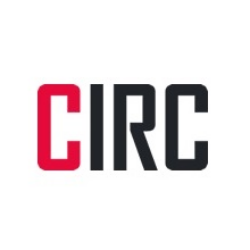Abstract
This article seeks to explicate the graphic images painted on the floor and
on some walls of the Patio de los Glifos at La Ventilla as a concrete
example of a compositional class in the art of Teotihuacanone which can be
recognized through the relations between components present together in a
particular work. A fundamental diagnostic feature of such classes is that
the visual units making up a specific composition are organized by means of
conventional non-iconic relations. The article also sets forth a
methodological approach aimed at gaining a systematic view of the images of
Teotihuacan two-dimensional art (and other units identified as glyphs) of
which the graphic units at La Ventilla are composed, with particular
attention to the notational signs proposed by James C. Langley. In
parallel, the work examines the congruence among compositional patterns
that can be noted in the way the graphic units are combined.
Downloads
Download data is not yet available.


















